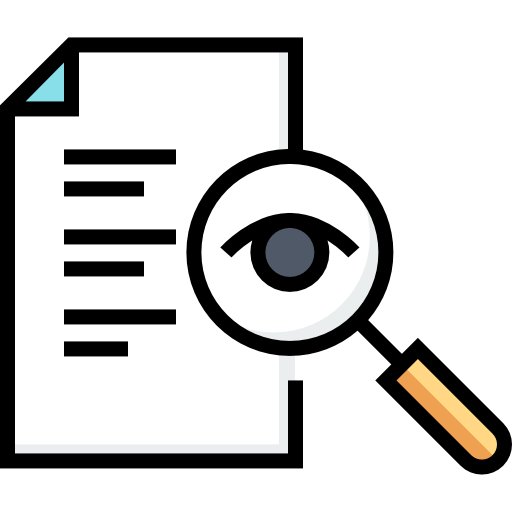DESCRIPTION
Medication errors are a leading cause of preventable harm in healthcare systems worldwide, with significant implications for patient safety and therapeutic outcomes. Within the European Union (EU), addressing medication errors has become a key priority to enhance public health and ensure safe use of medicines. To support this goal, the European Medicines Agency (EMA), in collaboration with national competent authorities, developed the EU Good Practice Guide on Medication Errors. This guide offers a comprehensive framework for identifying, reporting, evaluating, and preventing medication errors within the EU pharmacovigilance system. This presentation will delve into the essential elements of the Good Practice Guide, including its definitions, classification of errors, the role of risk minimization measures, and integration with adverse event reporting systems. Emphasis will be placed on the distinction between medication errors and adverse drug reactions, and on how marketing authorization holders and healthcare professionals should manage such events in compliance with EU regulatory requirements. Case studies and real-world scenarios will be presented to illustrate how proactive error identification and reporting can prevent recurrence and reduce patient harm. Furthermore, the broader impact of medication errors ranging from patient trust and treatment outcomes to regulatory action and healthcare costs will be examined. By fostering awareness and promoting consistent practices, the Guide aims to support a culture of safety and continuous improvement in medication use. This presentation will equip attendees with the practical insights needed to align with regulatory expectations and contribute effectively to medication error prevention efforts.
What will audience learn from your presentation?
Participants will gain a clear understanding of the EU Good Practice Guide on Medication Errors, including its purpose, structure, and regulatory importance.
They will learn how to identify, classify, and report medication errors within the EU pharmacovigilance framework.
Through practical examples, attendees will explore the roles of stakeholders such as healthcare professionals and marketing authorization holders in preventing and managing these errors.
The session will highlight the real-world impact of medication errors on patient safety and healthcare systems, and provide actionable strategies to mitigate risks, promote safe medication use, and strengthen compliance with EU regulatory standards.
CONCLUSION
Medication errors continue to pose a serious threat to patient safety and therapeutic success across healthcare systems worldwide. In response, the European Union has taken significant strides to mitigate these preventable harms through the development and implementation of the EU Good Practice Guide on Medication Errors, spearheaded by the European Medicines Agency (EMA) in collaboration with national authorities. This guide represents a critical component of the EU pharmacovigilance framework, offering a structured and standardized approach to the identification, classification, reporting, and prevention of medication errors. The presentation has underscored the importance of distinguishing medication errors from adverse drug reactions, and how such differentiation informs appropriate regulatory and clinical responses. By aligning stakeholders including healthcare professionals, marketing authorization holders, and regulatory bodies under a unified framework, the guide strengthens the EU’s ability to respond swiftly and effectively to medicationrelated incidents. Through real-world case studies and practical scenarios, it has been demonstrated that proactive error detection, thorough reporting, and systematic evaluation not only prevent recurrence but also enhance patient trust, improve treatment outcomes, and reduce long-term healthcare costs. The guide emphasizes a forward-looking approach, shifting focus from blame to learning, thus fostering a culture of transparency, accountability, and continuous improvement in medication safety. Furthermore, the session has illustrated that adherence to the Good Practice Guide is not just a regulatory obligation but a professional and ethical imperative. Participants have gained actionable insights into identifying and managing medication errors, as well as understanding their broader impact across public health and regulatory domains. Ultimately, the EU Good Practice Guide serves as a powerful tool for advancing patient safety, supporting evidence-based interventions, and promoting harmonization across member states. It empowers healthcare professionals and stakeholders to take a more active role in preventing medication errors, thereby safeguarding public health. Moving forward, continuous education, collaboration, and commitment to best practices will be essential to achieving the shared goal of safer, more effective medication use throughout the EU and beyond.


